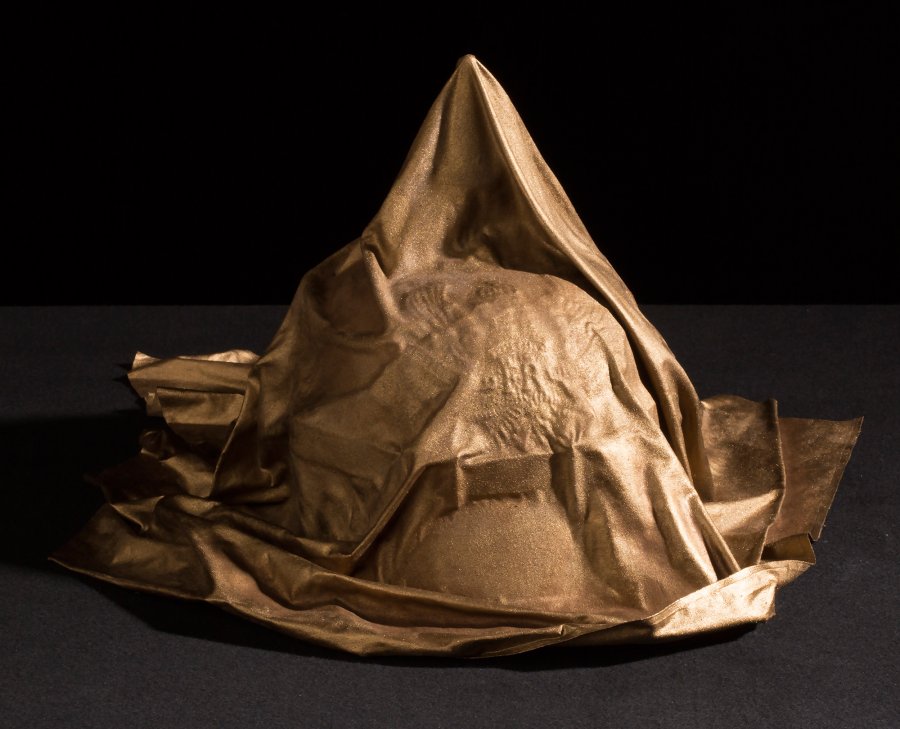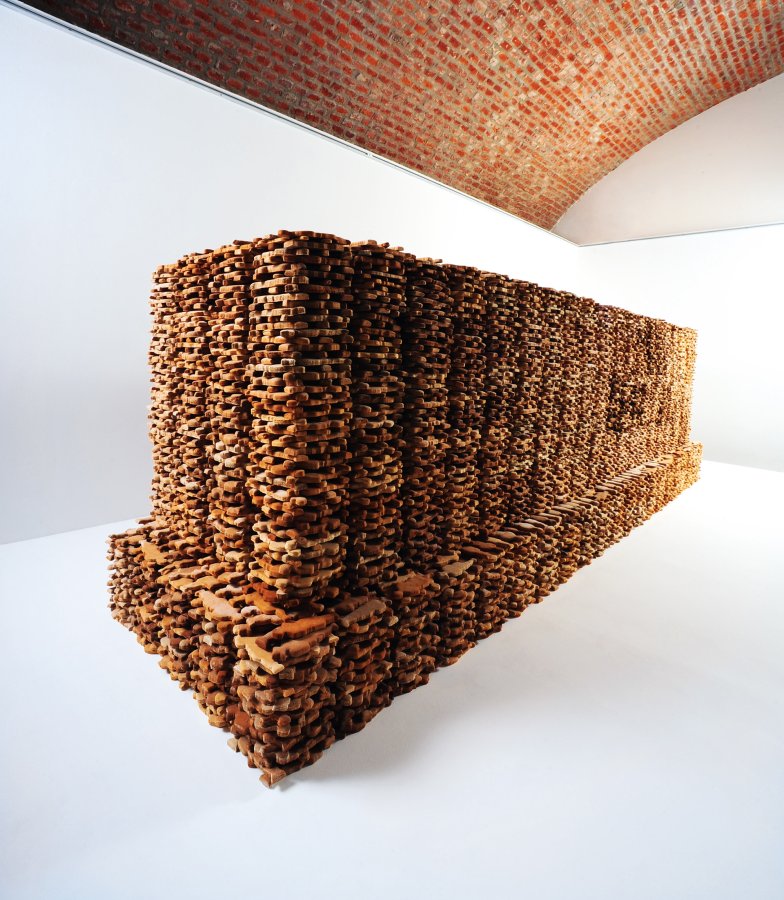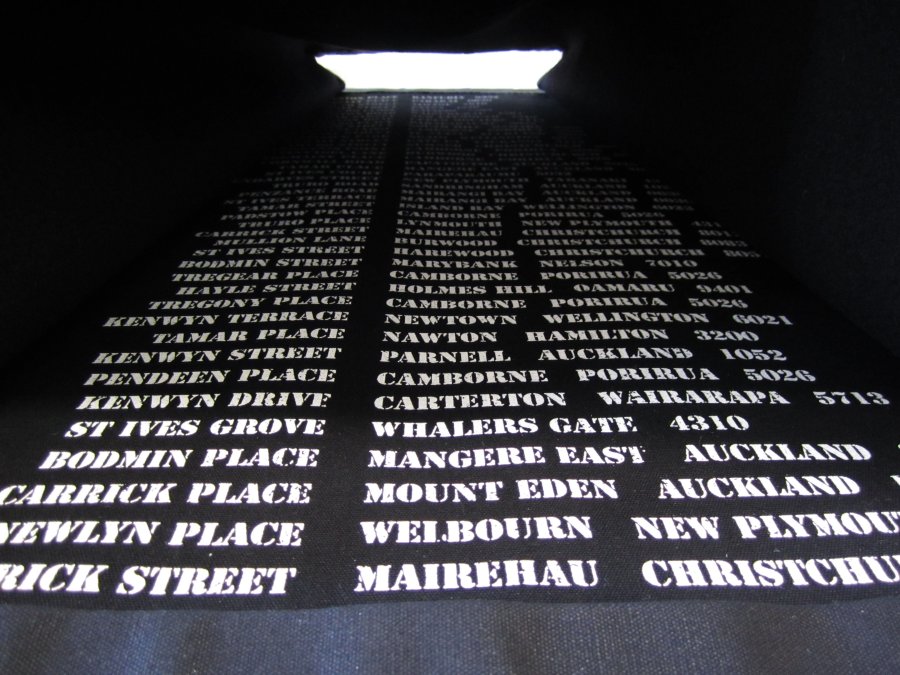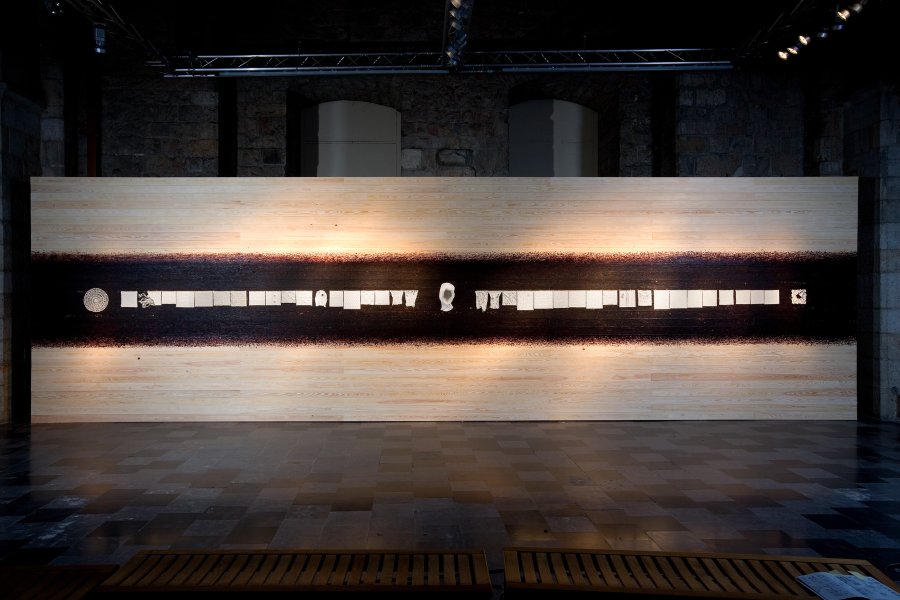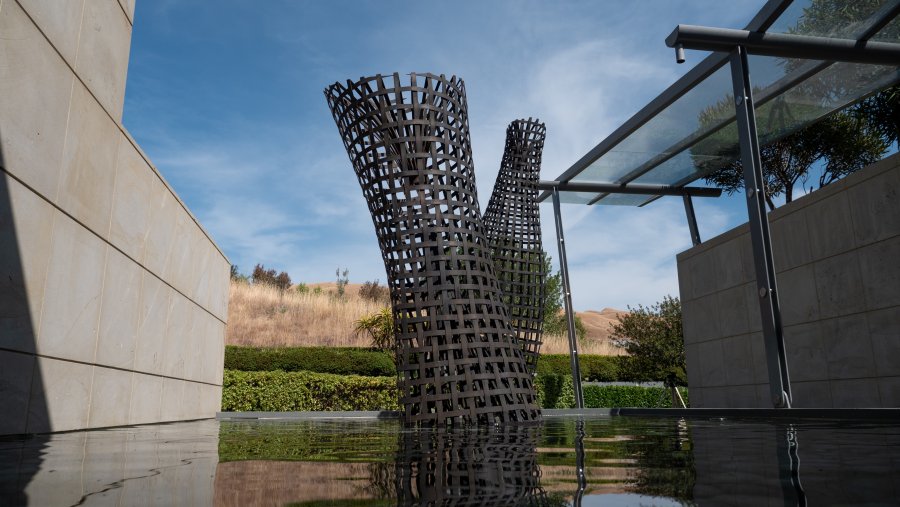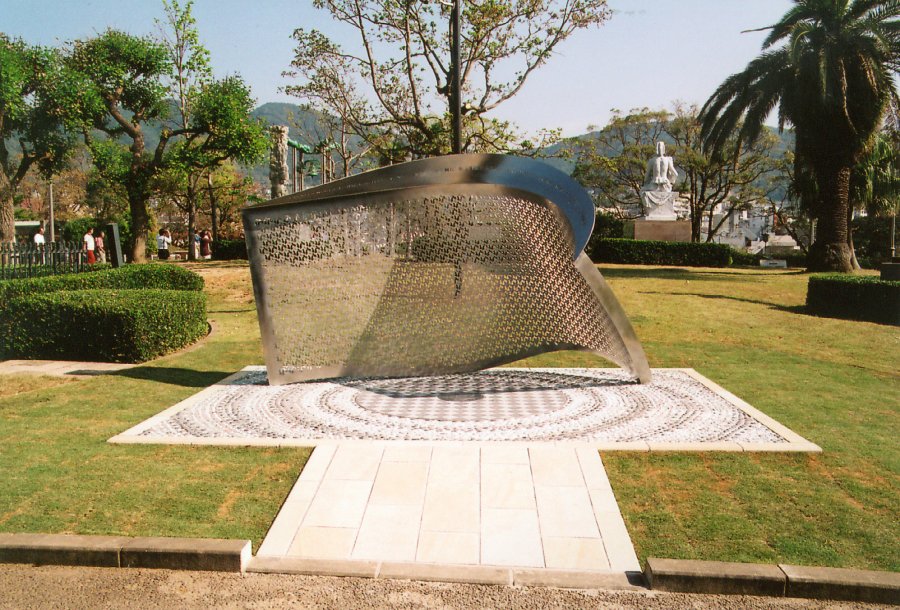Tomb of the Unknown Warrior
Te Toma o Te Toa Matangaro
National War Memorial
Wellington
New Zealand
2004
The bronze and stone tomb is an expression of the nation’s memory and a cross-cultural language of remembrance. The design combines Māori and Pākehā ritual, symbolic, and visual elements, and uses materials to express remembrance specific to New Zealand’s contemporary identity. For example, a karanga (ritual call) in Māori and English as an expression of sorrow and the human voice, and, inlaid stone crosses representing geographic location, a tukutuku (woven wall panel) pattern, and fields of memorial crosses.
Distinguished New Zealand historian and co-author of 'The Sorrow and the Pride: New Zealand War Memorials', Jock Phillips, described a tomb design that ‘was totally appropriate to the messages that needed to be conveyed, that was rich in iconography and fertile in layers of meaning, and that respected the site in which the memorial was to sit…. The solution is brilliant’.
Kingsley Baird’s design team included: typographer Annette O’Sullivan, architect Michael Bennett (Architecture +), and Maori cultural consultants Allen Wihongi, and Hawira and Hiria Hape.
Contractors included Acme Engineering Ltd (Gary Wong Too), Trethewey Stone (Bruce Trethewey), and The Heavy Metal Company (Brett Rangitaawa).

Tomb of the Unknown Warrior. Photo: Guy Robinson

Unknown Warrior’s coffin en route to Parliament. Photo: David Straight

Unknown Warrior lying in state at Parliament. Photo: David Straight

Open tomb of the Unknown Warrior. Photo: David Straight

Tomb of the Unknown Warrior (detail: bronze mantle, sandblasted text). Photo: Kingsley Baird

Tomb of the Unknown Warrior (detail: crosses). Photography: Kingsley Baird
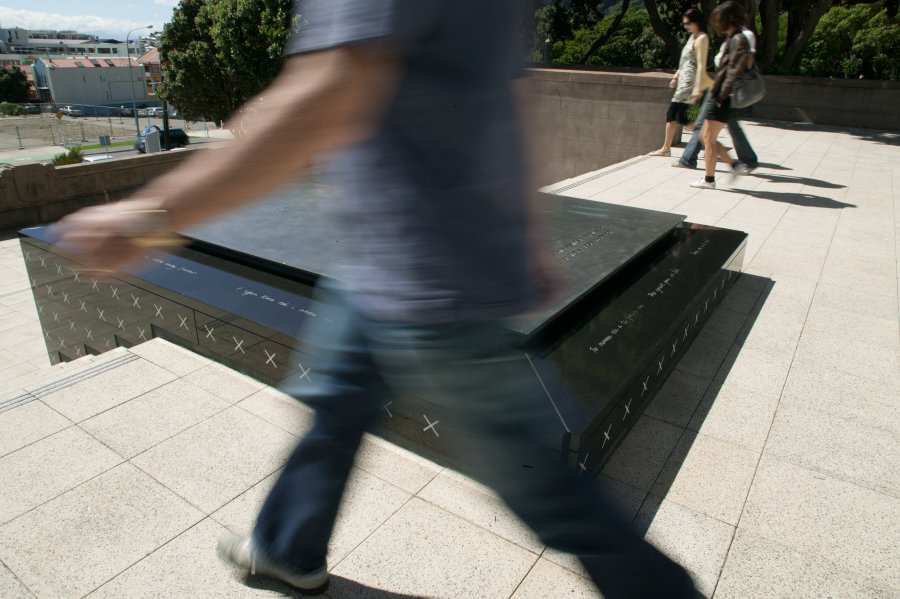
Tomb of the Unknown Warrior. Photography: Guy Robinson
